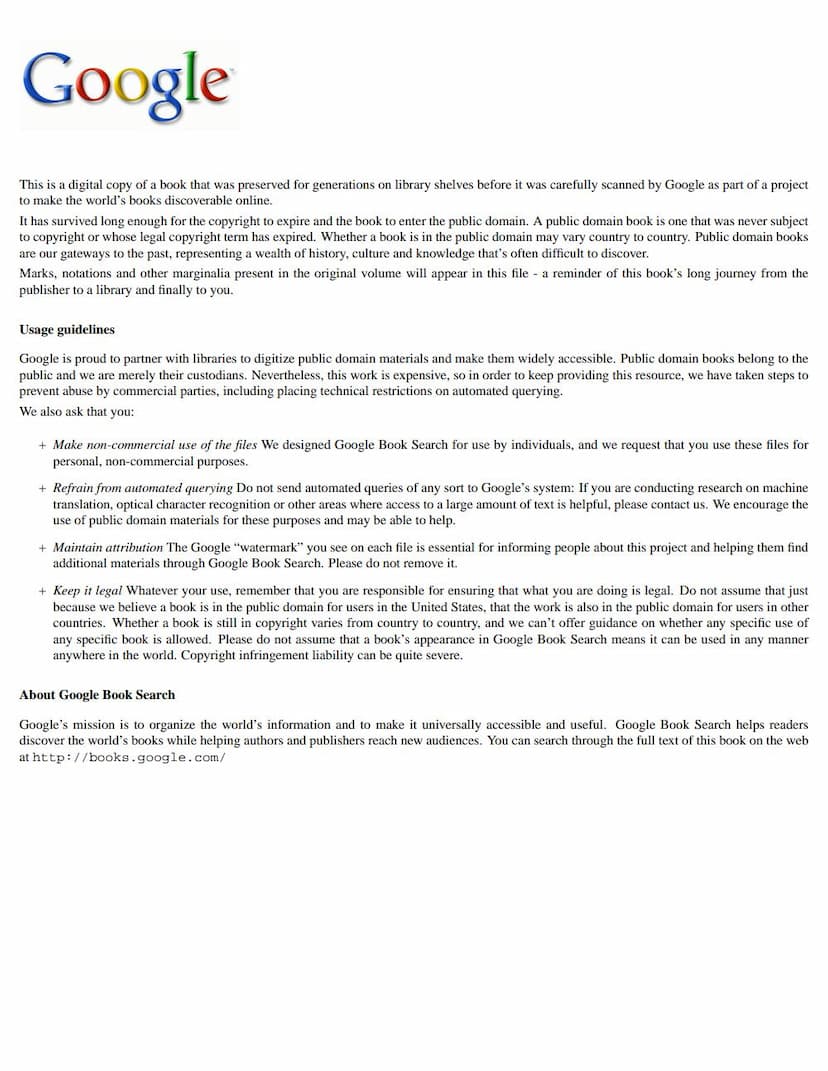Satapatha Bramhana Part 05
Added to library: September 2, 2025

Summary
This volume, the fifth and final part of Julius Eggeling's translation of the Satapatha-Brahmana, covers Books XI, XII, XIII, and XIV. It concludes the theoretical exposition of the sacrificial ceremonial.
Key Themes and Contents:
-
Book XI: Supplementary Remarks on Sacrifices: This book delves into additional details and esoteric doctrines concerning sacrifices previously covered in Books I-IV. It includes:
- Further insights into the Full and New Moon Sacrifices, including expiatory offerings and cosmological interpretations of Pragâpati's birth.
- Discussions on the Agnihotra, the Brahmakârin (student), and the importance of Vedic study.
- Myths like that of Purûravas and Urvaśī, and Bhrigu and Varuna, illustrating notions of the afterlife.
- Detailed explanations of the Upanayana (initiation) and the Sâvitri formula.
- Consideration of various sacrificial sessions like the Satâtirâtra and the Adâbhya cup of Soma.
- Discussions on the nature of gods and the supreme deity, featuring Yâjñavalkya and Sâkalya.
- Detailed explanations of animal sacrifices, the sacrificial stake (yūpa), and the symbolism of the victim.
-
Book XII: The Sacrificial Session (Sattra) and Expiatory Rites: This book focuses on the year-long sacrificial session (Gavâm Ayana) and its connection to the concept of Man as the Year. It also covers:
- Expiatory ceremonies for mishaps during sacrifices, including the death of the Agnihotrin.
- Detailed explanations of the Sautrâmaṇī, a sacrifice involving oblations of milk and spirituous liquor, often performed to rectify excesses in Soma consumption.
- Myths illustrating divine intervention and the consequences of actions, such as Indra and Namuki.
- The preparation and use of the Surâ liquor.
- Oblations to the Fathers and the symbolic meaning of various cups of Soma.
- The consecration of the sacrificer and cakes offered to various deities.
- The Avabhritha, or purificatory bath, and its significance in clearing guilt.
-
Book XIII: Major Sacrifices (Asvamedha, Purushamedha, Sarvamedha): This book shifts to the exposition of major state sacrifices, moving away from supplementary notes.
- Asvamedha (Horse Sacrifice): This is a significant portion, detailing the ceremony not just as a religious rite but as a state function interwoven with secular ceremonies, signifying power and political authority. It discusses the meticulous preparation, the role of the king and his wives, the symbolism of the horse, its connection to Pragâpati and Varuna, and the complexities of its performance across different Vedic schools. The text also touches upon the philosophical significance of the horse sacrifice, linking it to the sun and cosmic principles.
- Purushamedha (Human Sacrifice): The text discusses human sacrifice, treating it as largely symbolic in the Brahmanas, though acknowledging historical traces of the practice. It explores the symbolic meaning of the human victims and the potential ritualistic evolution of the practice.
- Sarvamedha (All-Sacrifice): This grand sacrifice, encompassing other major rites, is presented as the culmination of sacrificial theory.
- Funeral Ceremonies: The book concludes with detailed instructions on the preparation of the burial site, the arrangement of bones, and the significance of various rituals, hinting at beliefs in a future resurrection.
-
Book XIV: The Pravargya: This final book is dedicated to the Pravargya, an important but optional ceremony performed during the Upasad days of Soma sacrifices.
- The Gharma: The central element is the preparation of a hot draught of milk and ghee, known as the Gharma.
- The Mahavira Pot: Special emphasis is placed on the rough clay pot called Mahavira, symbolizing the sun, which is treated with extreme reverence.
- Symbolic Interpretations: The text elaborates on the mystic significance of the ceremony, linking the Mahavira pot to the sun, and the hot draught to the divine flood of life and light. It connects this to various myths, such as Indra cutting off Vishnu's head and Dadhyañk Atharvaṇa's wisdom, highlighting the symbolic reconstruction of Pragâpati and the divine body of the sacrificer.
- Ritualistic Considerations: The book also discusses the history and place of the Pravargya within the Soma ritual, noting differences in treatment among various Vedic schools.
Overall Context:
This volume completes Eggeling's ambitious task of translating the Satapatha-Brahmana, bringing to a close the theoretical exposition of Vedic sacrificial practices. The introduction highlights the extensive and often arduous nature of the work, acknowledging the significant support received from Professor F. Max Müller and the University Press. The content reflects the intricate, symbolic, and deeply philosophical nature of Vedic ritualism, where every action and object in the sacrifice holds a profound cosmic meaning, often linked to the cycles of the year, the human body, and the pursuit of immortality and divine union. The text also delves into the theological debates and variations in ritualistic practices among different Vedic schools.